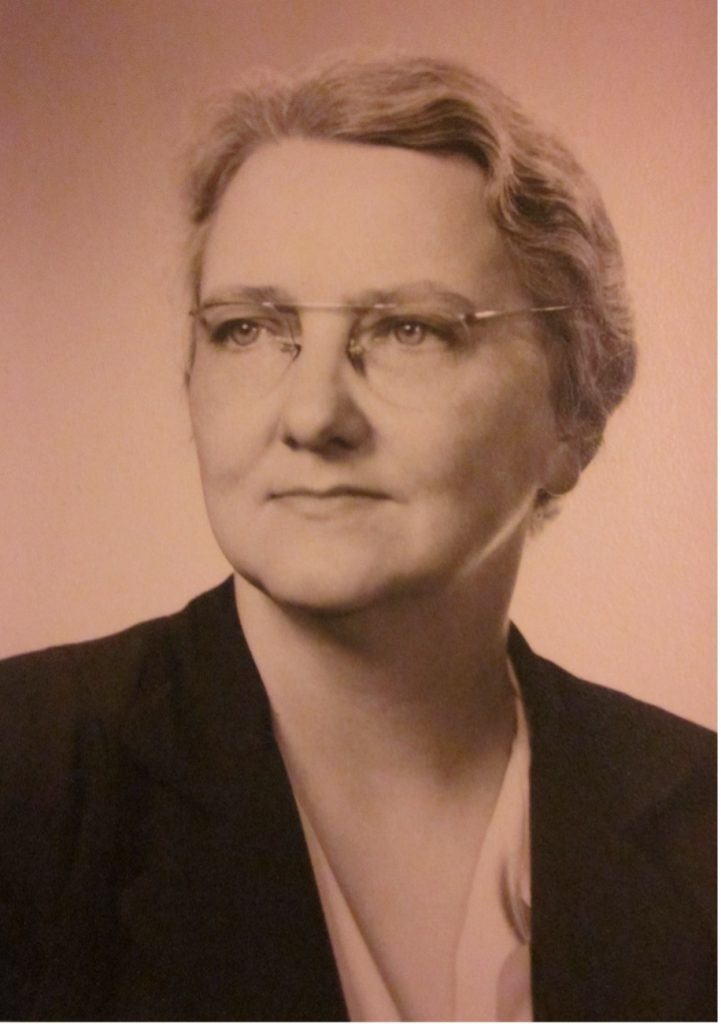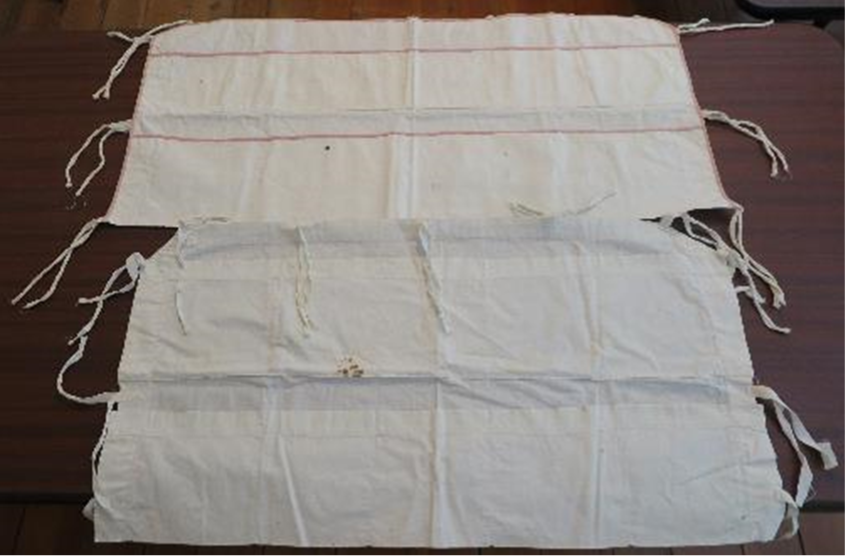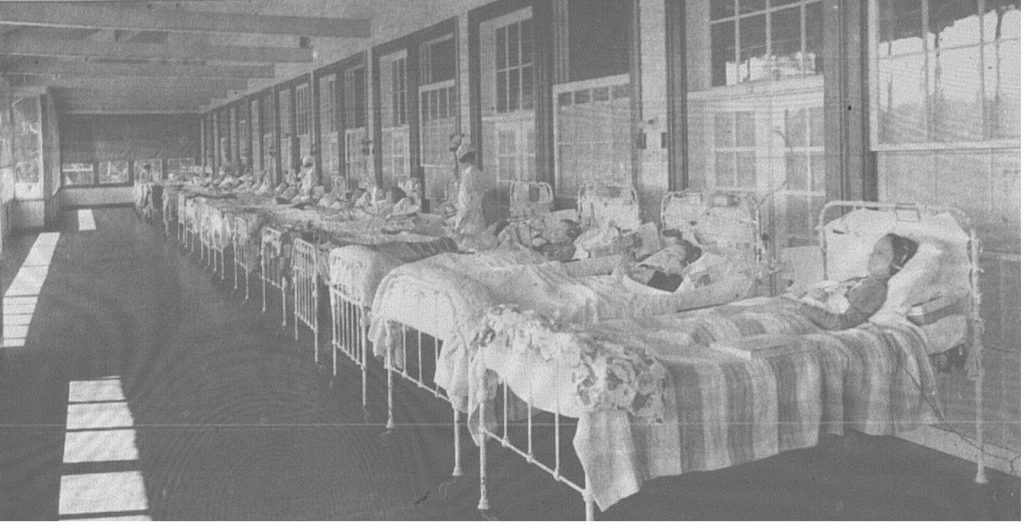Sometimes diseases don’t spread rapidly. Instead they simmer for years, infecting many people over time. Tuberculosis—a lung infection—is one such illness. It can be violent enough to make its victim cough blood, but can also last for years without killing them. It simmered in the early 1900s, killing one in seven people in America and Europe.

Mildred Lee Grove (1902-1997) was a lifelong resident of Stephens City. She was an educator, social worker, and local historian who established the Stone House Foundation, which operates the Newtown History Center. She also had tuberculosis. During the 1930s she was a patient at a tuberculosis hospital in the mountains called Catawba Sanitorium (1909-1935). One of the treatments used by Catawba and other sanatoriums included extended time in the fresh air. To maximize their exposure patients not only spent time outdoors but slept on open porches to increase their exposure.

Family traditions tell us they used metal bed furniture which could be easily sanitized—as they had done at Catawba. One other practice that continued was the use of fabric bed pockets to hold their belongings.

Even after treatment, the stigma of tuberculosis—as well as the concern of spreading the disease—could have a profound impact on a patient’s life. Mildred Lee Grove returned to Stephens City from Catawba in better condition, but it would be years before her tuberculosis was gone and she could never return to her earlier work and life. Before her hospitalization she had started a career as a classroom teacher, but she could not risk exposing an entire classroom to tuberculosis. Instead she spent the rest of her career working in the relatively new profession of Visiting Teacher. Visiting Teachers did the social work necessary to improve attendance by addressing the problems that led to truancy and absenteeism.
Stigmas did not just come with tuberculosis though. Racial discrimination was rampant back then and prevented fair, even access to medical care and treatment. Even though Black people had tuberculosis at an even higher rate than White people, they only got a segregated sanitorium of their own decades after the first (White) sanitorium opened.

Today we are much better at treating tuberculosis, and although it still exists it is not often found in the United States. However, many people now suffer long-term side effects to coronavirus, and it is possible that some of them will need care from treatment centers like the old tuberculosis sanitoriums.
If that happens, then we shall see if such long-term treatment will be available to everyone who needs it, or if it will only be affordable to middle- and upper-class individuals. Thanks to the long-term effects of a racist past, class continues to have a close tie to race. Though it would not be as extreme as the past, long-term coronavirus care might end up echoing tuberculosis treatment with the races most in need of this care least likely to receive it.
Further Reading:
https://catawba.dbhds.virginia.gov/postcards.html
https://scholar.lib.vt.edu/ejournals/smithfieldreview/v21/sr_v21_hemmingson.pdf
https://berea.libraryhost.com/?p=collections/findingaid&id=96&q=
http://exhibits.hsl.virginia.edu/alav/
https://savingplaces.org/stories/tuberculosis-sanitariums-reminders-of-the-white-plaque#.YUOaC51KiM_
https://www.theadkx.org/balsam-traditions-balsam-cures/
https://newsnetwork.mayoclinic.org/discussion/pandemic-versus-endemic-versus-outbreak-terms-to-know/
https://www.cdc.gov/tb/default.htm
https://www.cdc.gov/coronavirus/2019-ncov/covid-data/investigations-discovery/hospitalization-death-by-race-ethnicity.html
Long-term COVID-19 symptoms are even more common than we thought | Popular Science (popsci.com)
https://www.pewresearch.org/fact-tank/2020/02/07/6-facts-about-economic-inequality-in-the-u-s/
https://www2.census.gov/ces/opportunity/race_and_econ_opp_executive_summary.pdf
https://www.worldatlas.com/articles/income-inequality-by-race-and-gender-in-the-u-s.html
https://www.investopedia.com/wage-gaps-by-race-5073258
Exhibit Pandemics in Newtown written by Rick Kriebel, Manager of Collections and Programs, Newtown History Center of the Stone House Foundation; editorial assistance by Linda Crocker Simmons, Second Vice President & Secretary, Newtown History Center of the Stone House Foundation.
